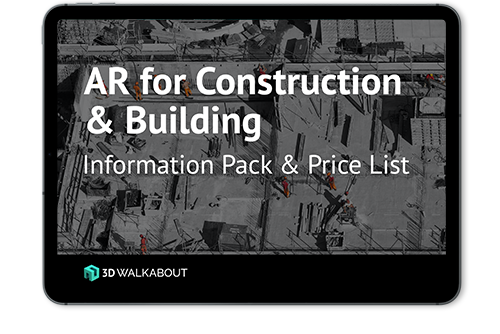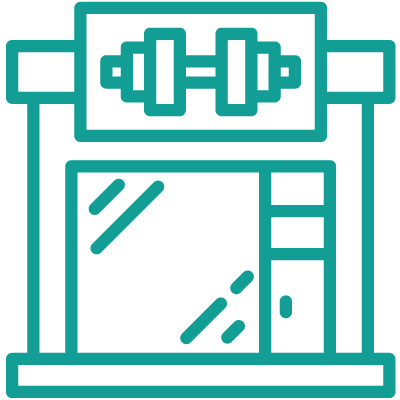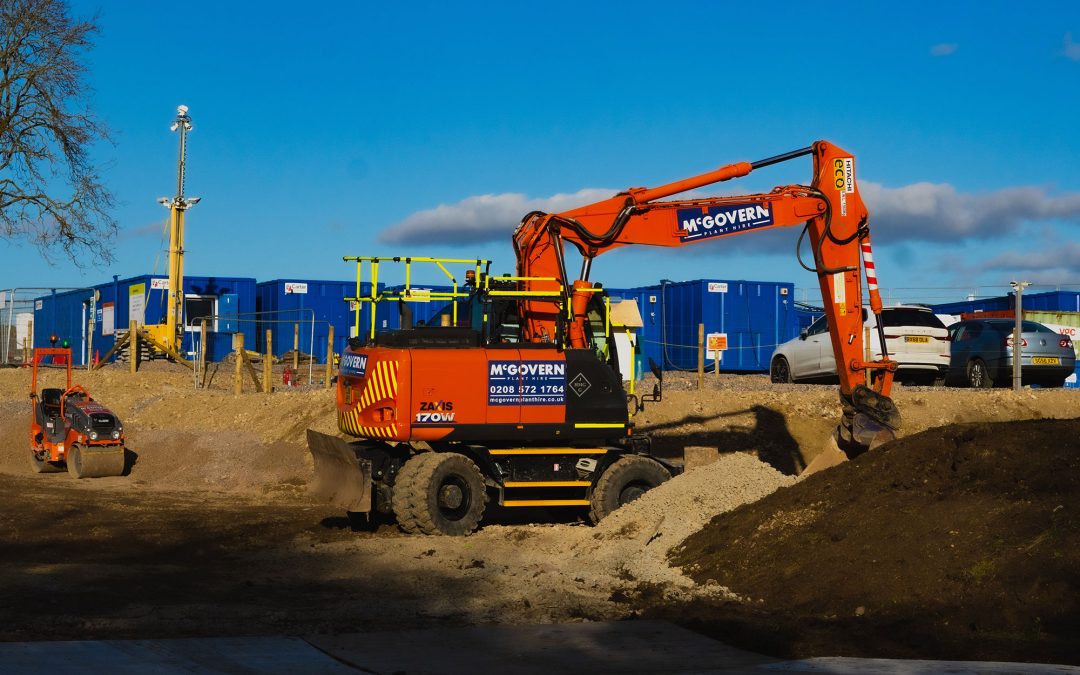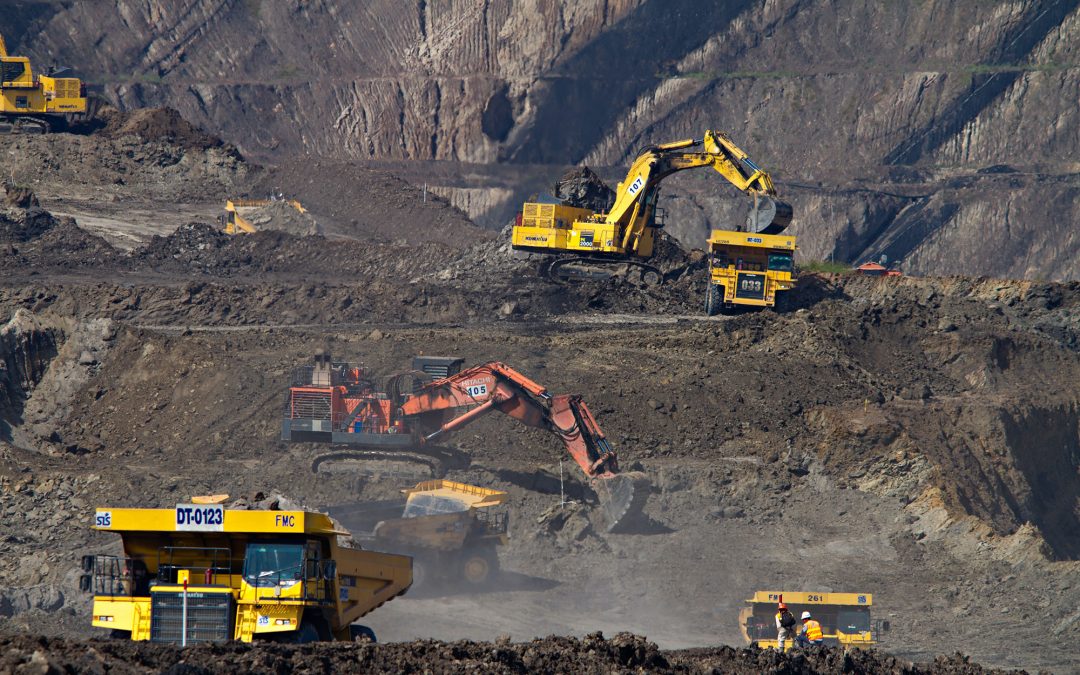AR for Construction & Building
3D Walkabout is an Australian based AR studio that designs AR apps for the Construction & Building industry.

Augmented Reality (AR) for the Construction & Building Industry
AR technology enables the overlay of digital information onto the real-world environment, enhancing collaboration, visualisation, and efficiency. Construction professionals can utilise AR to visualise building designs in real-time, allowing stakeholders to experience and evaluate structures before they are constructed. It aids in accurate on-site measurements, reducing errors and improving accuracy during the building process. AR also enhances worker training by providing interactive instructions and safety information on-site. The use of AR in construction improves project management, reduces costs, enhances communication, and increases overall productivity and safety on construction sites.
What are the benefits of AR Construction & Building Industry?
Real-time comparison between real-world construction and early visualisations
Changes in planning at a moment’s notice through 3D modelling techniques
Training new employees without the use of real-world materials and resources
Showing clients anticipated end products, informing them more than otherwise
Save money on making miniatures and models in the design stage
Increasing the accuracy of construction projects by including exact details
Improve physics simulations that make engineering a simpler process
Understanding where to put prefabricated parts of the project
Converting architectural design into 3D imagery with ease, allowing faster turnaround times
Greater teamwork as employees note and point out flaws with ease
How is AR being used by Construction & Building Industry?
AR is a significant tool in improving the accuracy of construction throughout the industry. As AR systems project virtual information into real-world imagery, construction teams see the ideal version of the structure that they are putting together. This firstly limits the number of misplaced items in pre-fabricated structures, as the AR presentation shows exactly which piece of the structure goes in that specific location. Companies save a lot of time, money and reputation by getting their structures right the first time, something that AR systems enable by offering real-time views of what a structure should look like.
Augmented reality helps construction and building companies beyond their practical work, improving the efficiency of training and preparing new recruits for the workplace. AR systems introduce new employees to the landscape that they work in, offering information on what individual tools and materials are and how employees use them. This limits the risk of companies spending valuable resources on new employees and speeds up the training process with a greater degree of interactivity. Companies get their new employees productive more quickly so the business can focus on growth as soon as possible.

Brainstorm your ideas on 1300 00 3392
If you’d like to receive our full ‘AR for Construction & Building Information Pack & Price List’ please add your details below.
The industries we work in
Construction & Building Case Studies
No Results Found
The page you requested could not be found. Try refining your search, or use the navigation above to locate the post.
AR Construction & Building News & Articles
AR Construction & Building Videos
Frequently Asked Questions
Is Snapchat AR or MR?
Snapchat operates within the AR space. By overlaying virtual elements over a user’s real-world experience with the help of innovative hardware, Snapchat offers unique, innovative opportunities for user engagement and digital collaboration.
What is Snap augmented reality?
Snap AR functions on CGI images placed over a user’s field of view. By determining key visual points, such as the sky, horizon or surrounding objects, Snapchat forms a detailed map of the user’s location. This technology transforms the user experience, allowing them to interact with the digital world through the convenience of a wearable device.
Which Samsung phone has AR?
The Galaxy S20 comes complete with AR features offered through its AR Zone. Users can create lifelike emojis and stickers, record videos with virtual handwriting, capture and edit photos and videos, and easily measure size and distance of their surroundings.
Is Samsung working on AR glasses?
Yes. According to reports, Samsung is working on its own AR device. These glasses are believed to allow users to wear a projected keyboard, enter a full-body virtual meeting, and simulate a virtual environment with ease.
Is HoloLens MR or AR?
The HoloLens is an MR system. The system still suits AR business requirements, as the difference between AR and MR is relatively minor, encompassing the use of third-party devices such as a phone for displaying information.
Is HoloLens 2 VR or AR?
Hololens 2 is an AR system, with AR glasses differing from virtual reality headsets in one key way. A VR headset blocks out the world around the viewer, leaving only the view of the metaverse and graphical environment around them. Augmented reality glasses, meanwhile, are see-through and mean that people can see both the real world and the virtual landscape.
How do I use Google augmented reality?
If you’re passionate about AR, Google’s got a lot on offer. You can search with your camera using Google Lens, place 3D objects in your space with AR Google Search, enjoy a Live View in Google Maps, and even develop your own apps with ARCore.
Is Apple making augmented reality glasses?
If the rumours are true, Apple is working on developing AR glasses that go beyond the MR headset slated for 2023. Apple Glass is said to allow users to interact with digital information and objects through transparent wearables. It’s also rumoured to contain prescription lenses so that regular glasses wearers can enjoy the benefits of AR.
When did Amazon start using augmented reality?
Amazon first started using AR in 2017, with the launch of Amazon AR view and Room Decorator. Amazon XR is currently tentatively in development, although details remain scarce at present. Amazon is expected to fully enter the extended reality market in 2023.
When did Amazon start using augmented reality?
Amazon first started using AR in 2017, with the launch of Amazon AR view and Room Decorator. Amazon XR is currently tentatively in development, although details remain scarce at present. Amazon is expected to fully enter the extended reality market in 2023.
How does Amazon use augmented reality?
Amazon currently allows shoppers to liaise with AR brands to place digital products in the home. This helps consumers to assess if things like the colour or size of an item will work in a room. However, Amazon is expected to grow its Amazon VR and Amazon AR business models further in the near future.
How do I use Google augmented reality?
If you’re passionate about AR, Google’s got a lot on offer. You can search with your camera using Google Lens, place 3D objects in your space with AR Google Search, enjoy a Live View in Google Maps, and even develop your own apps with ARCore.
Is Snapchat AR or MR?
Snapchat operates within the AR space. By overlaying virtual elements over a user’s real-world experience with the help of innovative hardware, Snapchat offers unique, innovative opportunities for user engagement and digital collaboration.
What is Snap augmented reality?
Snap AR functions on CGI images placed over a user’s field of view. By determining key visual points, such as the sky, horizon or surrounding objects, Snapchat forms a detailed map of the user’s location. This technology transforms the user experience, allowing them to interact with the digital world through the convenience of a wearable device.
Is mixed reality the future of AR & VR?
Yes. Mixed reality takes the best features of AR and VR and blends them into an incredible user experience. Users can interact with the physical and virtual world seamlessly, with MR replicating their natural behaviour and changes in perspectives. This goes beyond the traditional approaches of VR and AR, which place users within a space or overlay the physical world with additional information.
How is augmented reality used in construction?
Augmented reality is used in construction as a means of comparing the existing structure to the structure that the company is building. By using constant comparisons to a live 3D model, companies see potential areas for adjustment in the real-life building, making edits according to the design and improving the overall end product.
What is AR and VR in construction?
Augmented reality refers to systems that present information and 3D models alongside images of the real world, such as a phone screen showing a picture of the construction site alongside a 3D model of the site plans. Virtual reality presents an entirely 3D environment, showing users the final plans for a building with an intricate 3D model without real-world imagery as an accompaniment.
How is AR and VR used in construction?
AR and VR are both used in the industry to show prospective clients and employees on a project what a proposed building or structure will look like when finished. They can walk around a copy of the 3D render just by putting on a headset, no extra cost is necessary.
What is fuelling the growth of AR?
The main trend fuelling the growth of augmented reality is the increased development of smartphone and tablet applications. Initiatives such as ARKit from Apple mean that AR and VR are widely available. Awareness of the capability of the technology is growing, along with an understanding of its value across almost every business and industry sector.


































